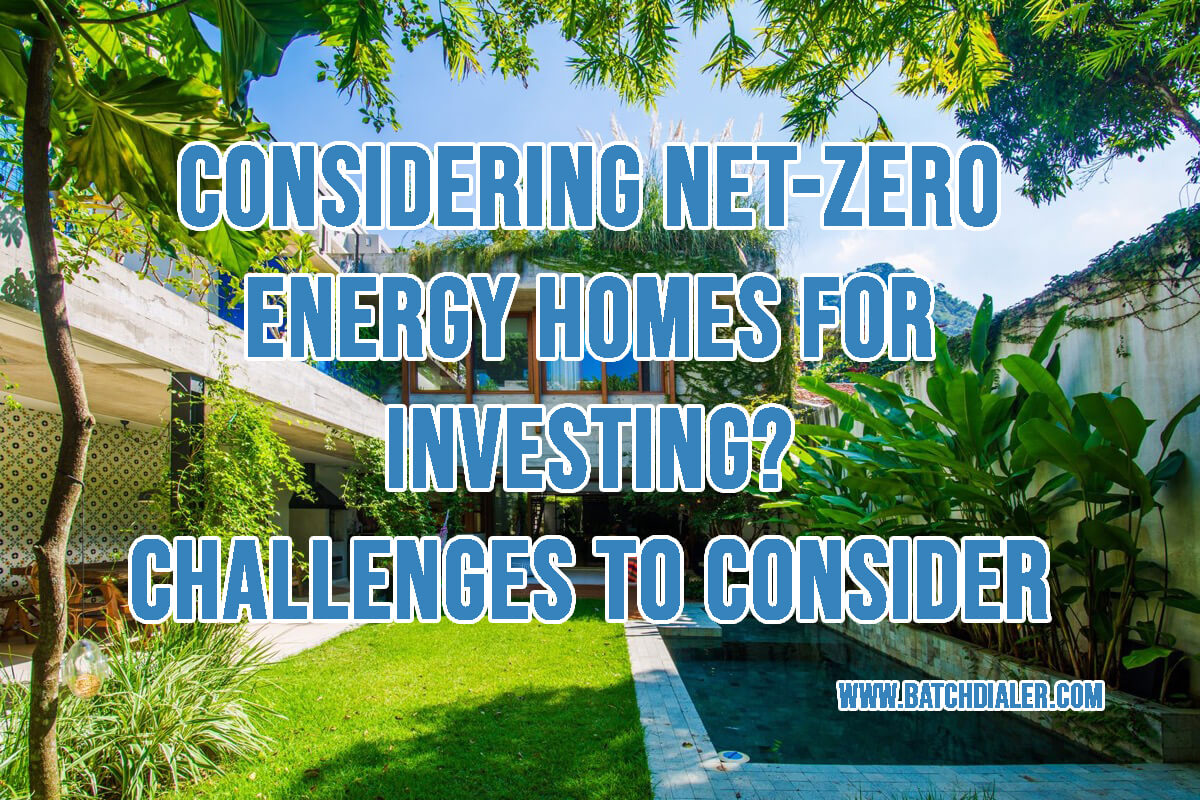The concept of a net-zero energy home started piquing the curiosity of investors and builders as the issue of climate change started gaining focus worldwide and more and more people were looking to incorporate energy efficiency in their daily lives.
Picture this: You live in a house where you don’t have to pay for any electricity. You consume the energy that you produce. No, this is not a utopia, this is possible with net-zero energy homes.
The trend though did lure a few builders into cashing in on benefits a few years back, it did not quite make a mark thanks to the numerous complex challenges associated with it.
The concept was desirable thanks to the cost-saving angle that served the aims of many landlords and owners who wanted to reduce their operational costs and expenses, but there are aspects that make it difficult to implement on a large scale.
But before that, it’s important to understand what net-zero energy homes are?
Defining Net-Zero Energy Homes
An NZE home as its name suggests is about totally zeroing out the energy normally produced from fossil fuels. So where do these homes source their energy from – onsite renewable resources.
Are NZE buildings Put Off the Grid?
So does that mean NZE homes are off the power grid totally? Not really. They are connected to the grid all the time. The grid is where most buildings store the excess energy generated and they are connected so that they can use it in case of an emergency.
So instead of drawing energy from the regional utility grid, an NZE home would produce its own energy from renewable sources like solar power, wind power, etc.
Some buildings are made to purchase energy from green resources.
Despite all the good things that causes a setback to this amazing concept that had the potential to shake the housing market.
Read on!
Cost of setting it up:
All good things come with a price and energy-efficient homes too, come with an initial investment that many find unaffordable. Going net zero requires a lot of planning. Before even taking the plunge to install solar panels and other renewable energy systems, you have to first reduce the energy load required to run a house.
You have to assess everything, right from how natural light is allowed in and utilizing it to outfitting the building with sensors and solar panels, there are a whole lot of costs to consider.
Not suitable for high-rise buildings:
Ideally, since most of the energy generated has to be solar energy you need solar panels to be fitted on top of the building.
However, experts say buildings with more than four stories cannot really generate the energy required. This is because vertical spaces in high rises are less and thus you can’t fit too many solar panels.
Open spaces a must:
While most independent houses are suitable for solar panels but sprawling areas are a must. Dense urban jungles can’t imagine getting to net zero.
So, residential areas with tall structures or multiple adjacent units around would find it difficult to work with solar panels.
Final Word
Net Zero Energy homes are great if constructed according to specification and if you are ready to bear that initial dent in your wallet. But these homes seem to not have many takers when put up for reselling as many buyers feel they are priced much higher than homes around them.
But that is far from the truth. What buyers don’t realize that these energy-efficient homes are expensive for a reason. The money that a buyer spends on buying the house can be saved later on as they would not have to pay for the energy costs.
But still, these are aspects that need acceptance on a large scale. So, think before you leap and invest wisely.



